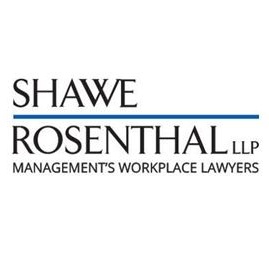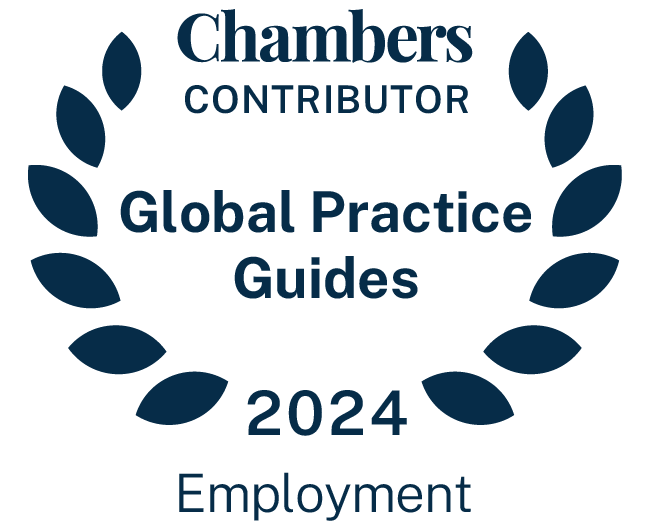Hey Employers – This Is What Federal Agencies Are Planning to Do in 2023!
Happy New Year – or is it for employers? The federal agencies are planning a slew of actions that will impact the workplace, some of which may pose interesting challenges for businesses. One such action was the Federal Trade Commission’s proposed near-total ban on non-compete agreements, which we discussed previously here, and which we anticipate will be issued in final form at some point this year (and then put on hold while the inevitable lawsuits play out). Beyond that, we thought we would round up some (but certainly not all) of the more significant anticipated developments of interest to employers generally.
The Department of Labor. According to the Biden administration, we can expect the DOL to tackle some rather major issues in this next year. Among them include:
- Overtime Rule and White-Collar Exemptions. Under the current overtime rule, there are three tests which must be met in order for a white-collar employee to be deemed exempt from the minimum wage and overtime requirements of the Fair Labor Standards Act, the employee must: (1) be paid on a salary basis; (2) have a salary of at least $684 per week (the equivalent of $35,568 per year); and (3) meet a duties test specific to the exemption in question – executive, administrative or professional (EAP). The DOL is planning to issue a proposed rule in May that would almost certainly raise the required salary amount, and may also revise the duties test, resulting in fewer employees meeting the exemption.
- Independent Contractor Status. The DOL has issued a proposed interpretation of how to define the distinction between independent contractors and employees, as we discussed previously here and here, and the final version is scheduled to be issued in May. The new interpretation replaces the one issued by the Trump DOL, and would make findings of independent contractor status more difficult with the corresponding liability to employers for wages, taxes, liquidated damages, and attorneys’ fees.
The Equal Employment Opportunity Commission. In recent years, the EEOC has typically issued guidance documents rather than regulations, such as the What You Should Know About COVID-19 and the ADA, the Rehabilitation Act and Other EEO Laws resource, which was vastly expanded and revised over the course of the pandemic. However, as we discussed here, the Pregnant Workers Fairness Act was just enacted as part of the omnibus federal budget bill. The EEOC is required to issue regulations, which will include examples of reasonable accommodations, to implement this new law within a year of enactment.
For more on the EEOC’s plans for the future, please see The EEOC’s Proposed Strategic Enforcement Plan – What Employers Can Expect for the Next Four Years.
The National Labor Relations Board. Under the Biden administration, the National Labor Relations Board has already reversed many of the more employer-friendly actions taken during the prior administration, including a flurry of activity in December 2022. But they are not done. These are some of the major actions that we anticipate in the near future.
- Work rules. Under the Trump administration, the NLRB adopted the Boeing test, which divides facially neutral work rules into three categories: whether they (1) are lawful, (2) warrant individualized scrutiny, or (3) are unlawful. We anticipate that the NLRB will soon reject this test and return to the previous Lutheran-Heritage standard, under which a facially-neutral work rule will be found to violate the NLRA if employees could “reasonably construe” the rule to violate employees’ rights to engage in concerted action for their mutual aid or protection (i.e. “protected concerted activity”). This test will result in more arguably reasonable work rules being found unlawful.
- Independent contractor status. For decades, the Board had relied on a common-law test, with multiple factors, to determine whether an individual is an employee, who is subject to the National Labor Relations Act, or an independent contractor, who is not. An important “animating principle” under which the factors are evaluated is “whether the position presents the opportunities and risks inherent in entrepreneurism.” In the 2014 case of FedEx Home Delivery, however, the Obama Board revamped the independent contractor analysis and severely limited the significance of a worker’s entrepreneurial opportunity. The Trump Board, in SuperShuttle DFW, Inc., reinstated the prior standard, with its focus on entrepreneurism. We believe the NLRB will flip back to the FedEx Home Delivery standard, making findings of independent contractor status less likely.
- Joint employer status. As we previously discussed here, the NLRB has issued a proposed rule that would rescind and replace the Trump Administration’s 2020 rule that established the current test for determining whether two entities are joint employers. The final rule, which we expect will result in more findings that two entities are joint employers, is scheduled to be issued in August 2023. Under federal labor law, a joint employer is required to bargain with a union selected by its jointly-employed workers and may be held liable for the unfair labor practices committed by the other employer.
- Increased scrutiny of electronic monitoring. In a prior article, we discussed the NLRB General Counsel’s intention to target employers’ use of automated technologies and electronic management systems in ways that could arguably violate the NLRA. We expect to see cases that focus on the impact of such technologies on employees’ rights to engage in protected concerted activity.







